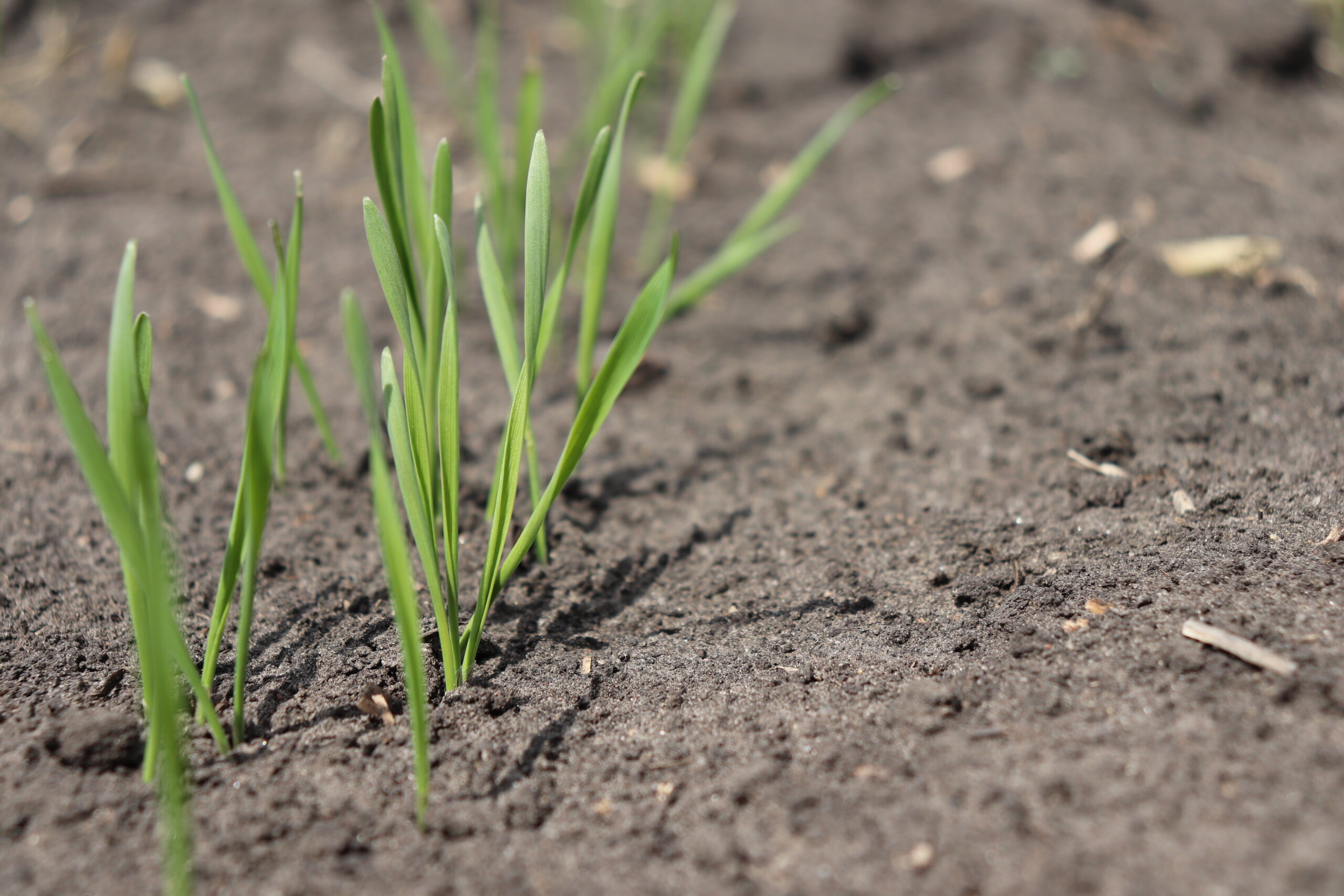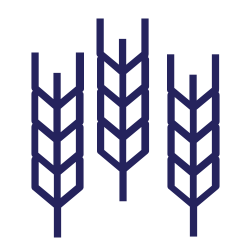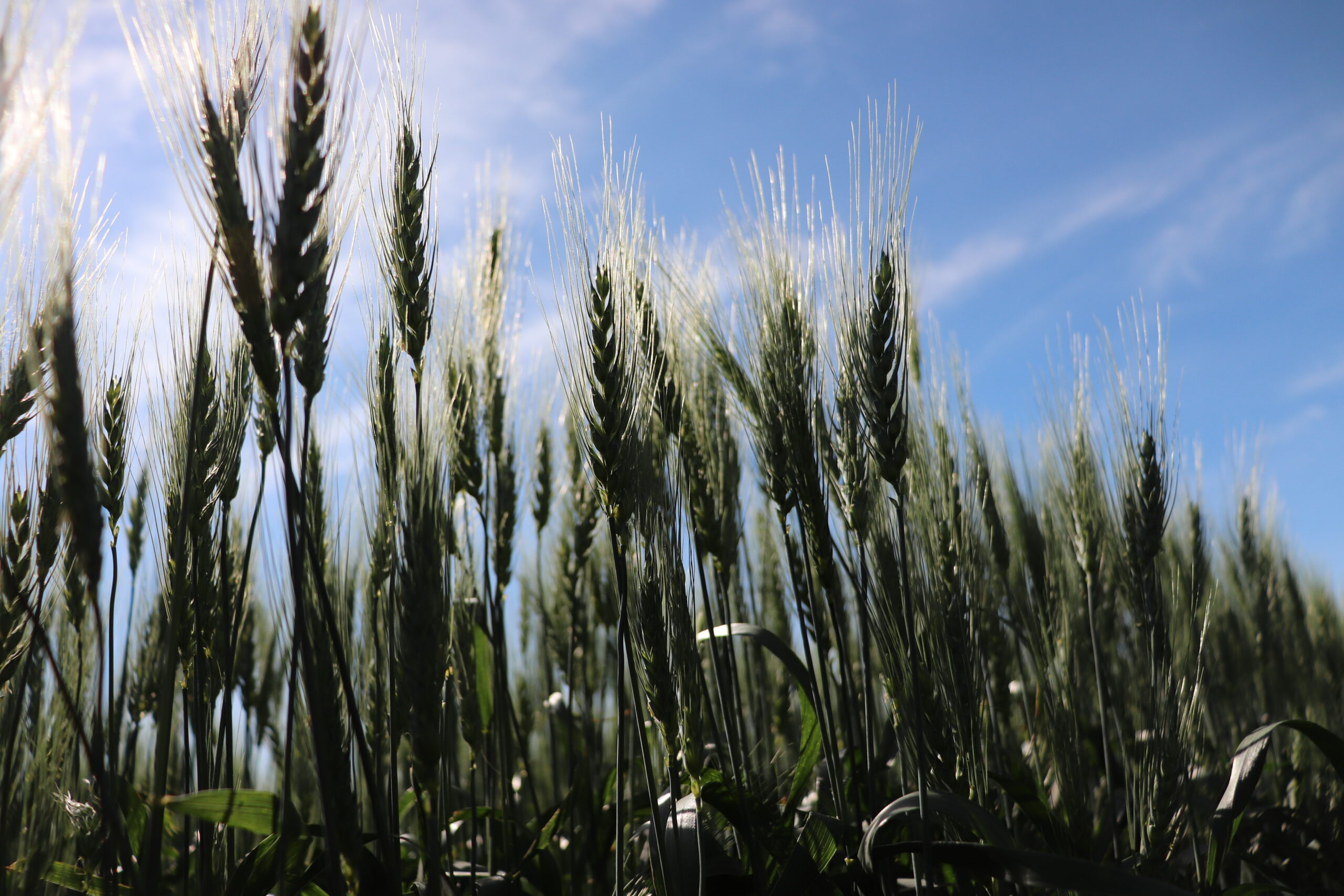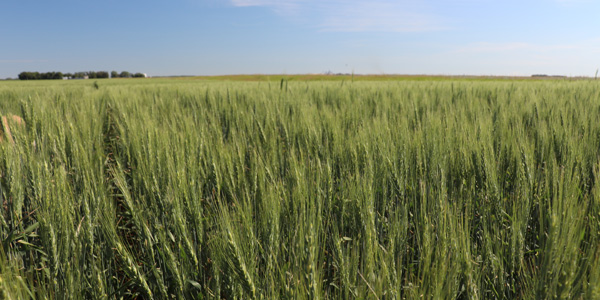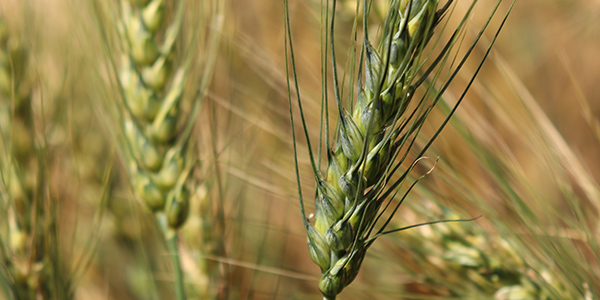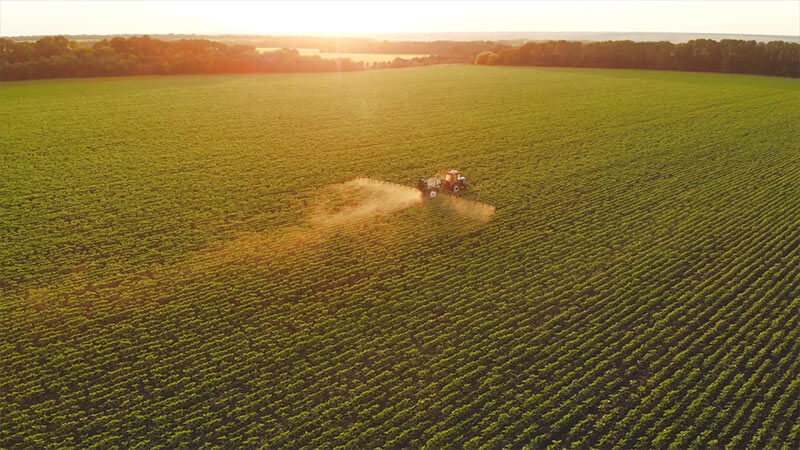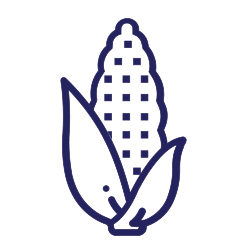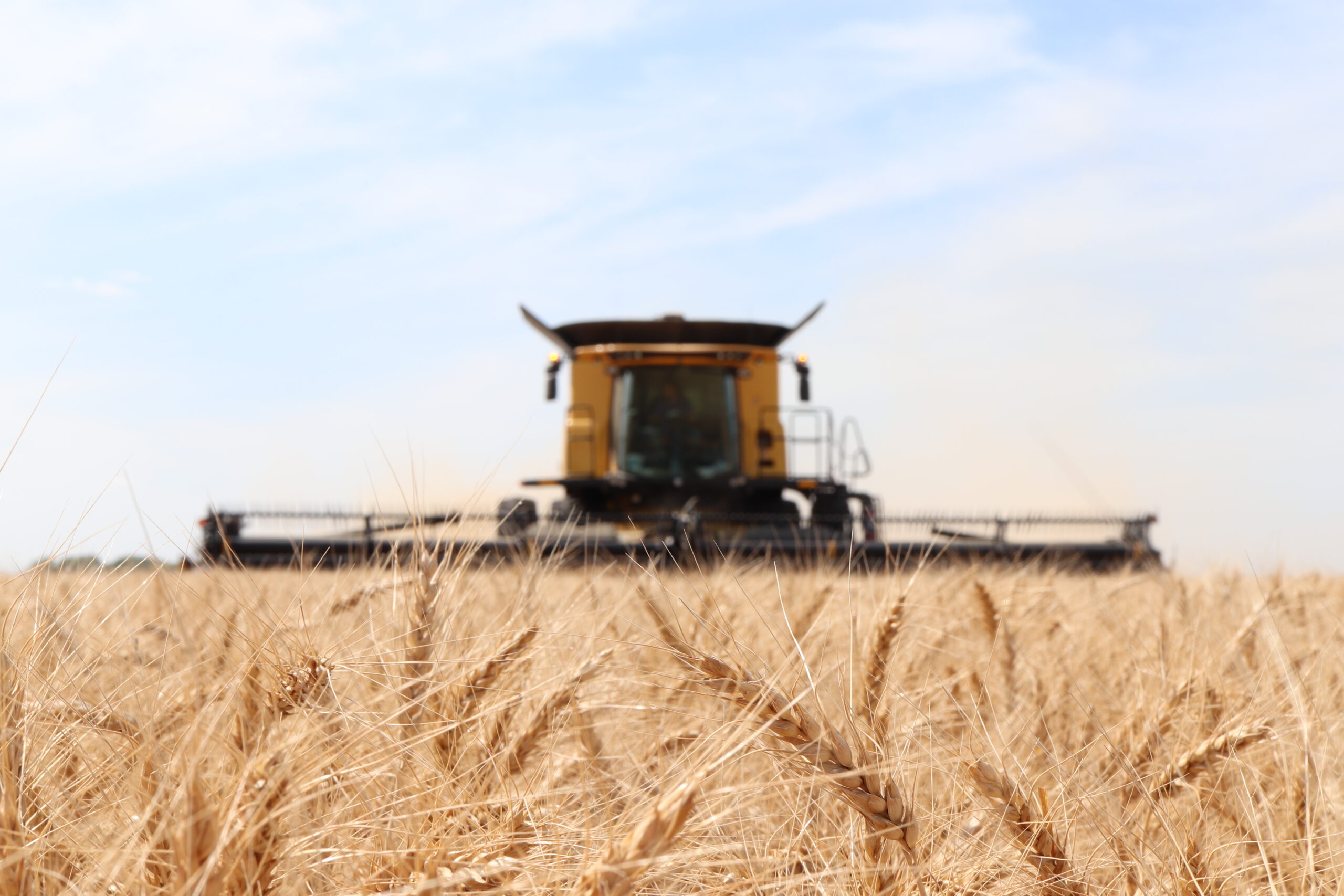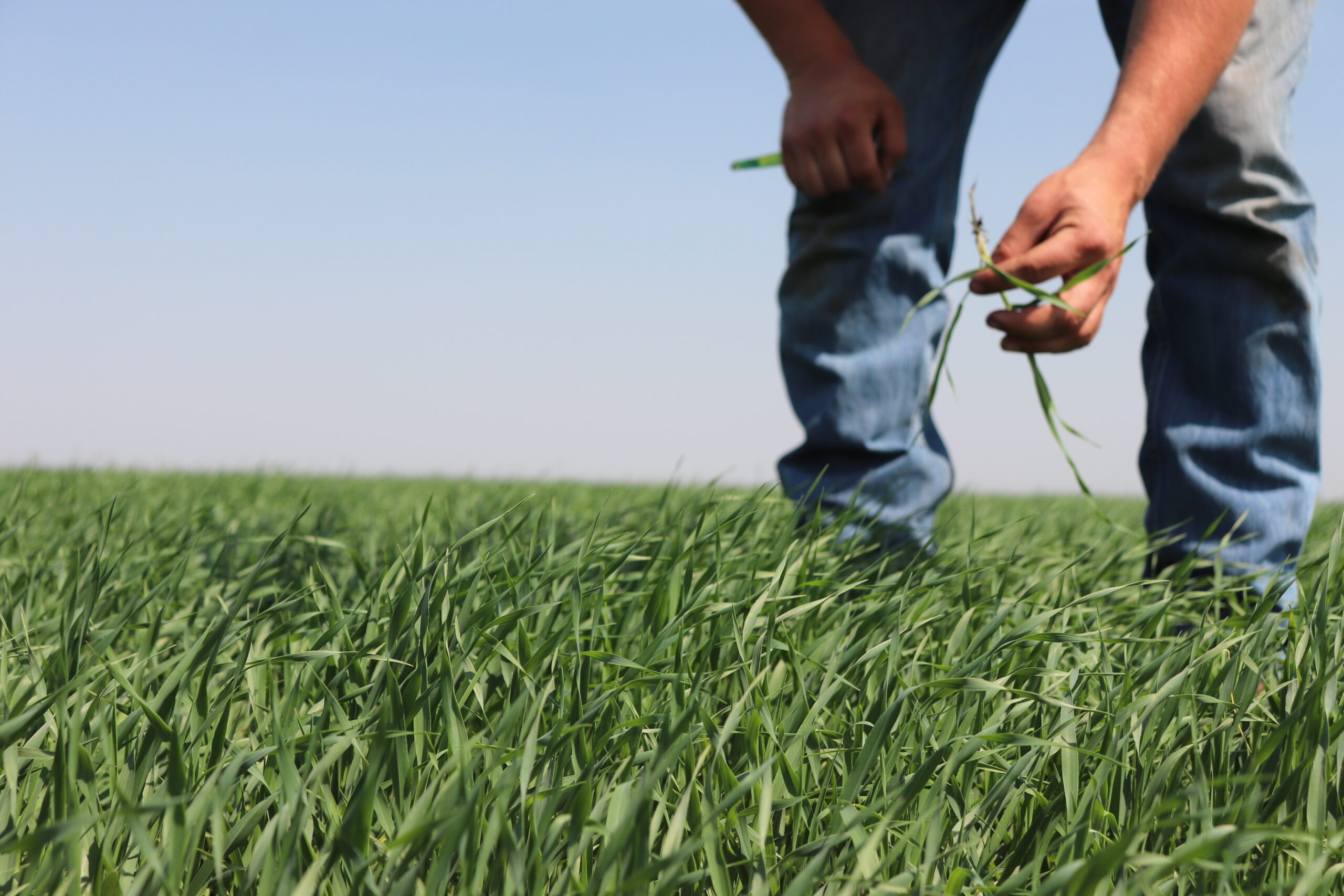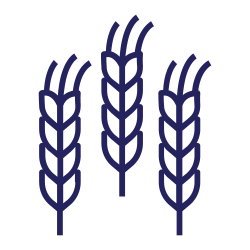Section Title
Searching novel genes for resistance to rusts, bacterial leaf streak, and tan spot in wheat
Crop Types
- Wheat
Wheat makes an annual contribution of approximately $11 billion to the Canadian economy. Diseases, particularly Fusarium head blight (FHB) and rusts are major threat to wheat production in Canada. Among rust diseases, stripe rust is becoming a major issue since last few decades. In epidemic years, such as 2011, stripe rust resulted in up to 35% yield loss in susceptible cultivars. Similarly, leaf and stem rust can cause significant losses to wheat, particularly in eastern Prairies. Bacterial leaf streak (BLS) is an emerging disease issue of wheat in western Canada. Among fungal diseases, Fusarium head blight (FHB), stripe rust, leaf rust, stem rust, and common bunt are classified as priority-one diseases. Breeders, geneticists, and pathologists are constantly working to prevent yield losses resulting from these diseases, particularly FHB, stripe rust and leaf rust. Even though rust diseases are relatively easier (compared to FHB) to manage due to complete resistance conferred by race-specific resistance genes when deployed in a cultivar. However, race specific rust resistance genes conferring such complete resistance can be defeated within a few years of deployment if not stacked with other genes. This proposal will target stripe rust, leaf rust, stem rust (including Ug99 race group), tan spot, and BLS disease issues in wheat with an aim to identify novel genes for resistance. This project builds on the previous work of Dr. Randy Kutcher where he screened (in un-replicated field nurseries) all ~11,000 wheat accessions from Plant Gene Resources of Canada (PGRC) and identified ~1,000 accessions with resistance to one or multiple pathogens.
Objectives
- Phenotyping the PGRC wheat diversity panel with rusts, tan spot, and bacterial leaf streak (BLS) races/strains.
- Association mapping for identification of SNP markers associated with resistance to rusts, tan spot, and BLS.
- In-silico comparison of the mapped genes/loci with previously mapped/known genes.

